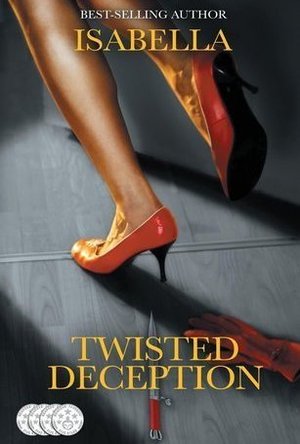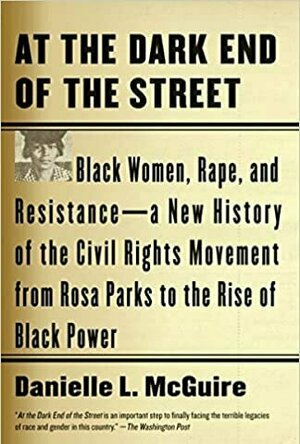
At the Dark End of the Street
Book
Groundbreaking, controversial, and courageous, here is the story of Rosa Parks and Recy Taylor--a...

Secret Menu - for Starbucks Coffee
Food & Drink and Health & Fitness
App
Every restaurant and fast food place has a secret menu, including Starbucks. What they don't want...

PhoneFinder - Find your lost phone by Shouting in Microphone
Catalogs and Reference
App
Misplaced your Phone in the home, office or any other nearby place? Well, now help is at your hands!...

Remote Alarm Pro
Utilities
App
RemoteAlarm Pro is an easy to use yet powerful application which allows you to remotely control your...
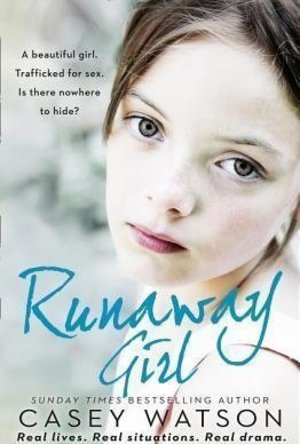
Runaway Girl: A beautiful girl. Trafficked for sex. Is there nowhere to hide?
Book
Fourteen-year-old Adrianna arrives on Casey’s doorstep with no possessions, no English, and no...
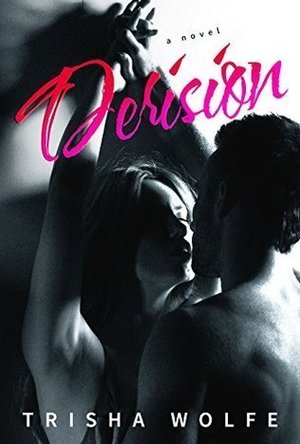
Derision
Book
*Dark erotic standalone that may have triggers Here at Lark and Gannet, you’ll work directly...
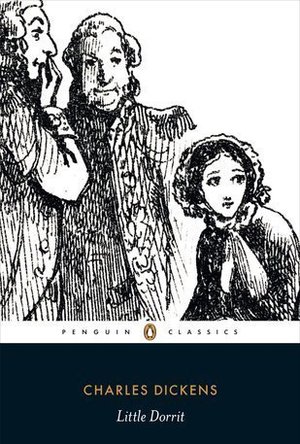
Little Dorrit
Book
A novel of serendipity, of fortunes won and lost, and of the spectre of imprisonment that hangs over...
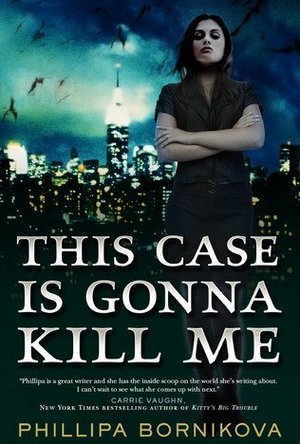
This Case Is Gonna Kill Me (Linnet Ellery, #1)
Book
What happens when The Firm meets Anita Blake? You get the Halls of Power—our modern world, but...
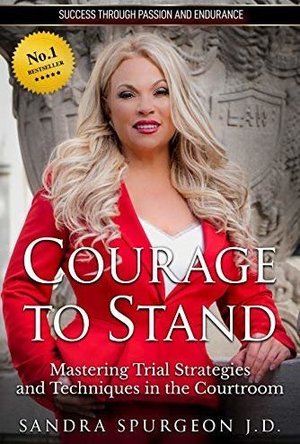
Courage to Stand: Mastering Trial Strategies and Techniques in the Courtroom
Book
#1 National Bestseller on Amazon in SEVEN categories, including Liability Insurance, Law Office...
court law nonfiction non fiction non-fiction courtroom
